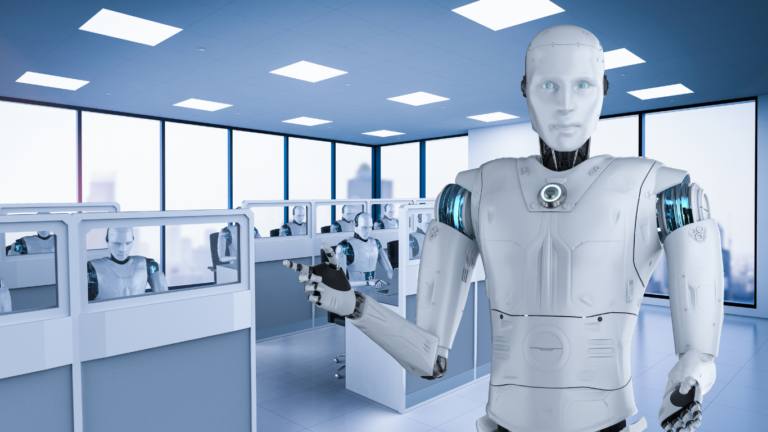Data analytics is transforming the public sector by enabling agencies and departments to make more informed decisions, improve efficiency, and increase transparency. By analyzing large datasets, agencies can now identify patterns, trends, and relationships that may not have been apparent otherwise. This allows them to better understand their operations, serve their constituents more effectively, and allocate resources more efficiently.
One example of how data analytics is being used in the public sector is in farming. This area will be a focus of 6e Technologies in 2023. By analyzing data on farm yields famers and associated businesses can identify best practices and areas for improvement, which can help to improve the yield per acre while simultaneously reducing costs.
In addition to the farming sector, data analytics is also being used in a variety of other areas in the public sector, such as transportation, healthcare, education, and public safety. By leveraging the power of data, agencies can gain valuable insights and make more informed decisions that can have a positive impact on society and allow them to be good stewards of taxpayer funds.
2022 Changes that Occurred
There have been many changes in automation over the past 12 months. Some of the key developments in this area include the increasing use of robotics and artificial intelligence in manufacturing, the development of self-driving vehicles, and the growth of the gig economy and the use of on-demand labor.
In manufacturing, advances in robotics and AI have led to the development of more flexible and adaptable production lines, as well as the use of robots for tasks such as inspection, sorting, and packaging. These developments have helped to improve efficiency and productivity in manufacturing and have also led to the creation of new job opportunities in areas such as programming and maintenance.
Self-driving vehicles have also made significant progress over the past 12 months, with several companies developing and testing autonomous cars and trucks. These vehicles have the potential to revolutionize transportation, improving safety and efficiency while also reducing the need for human drivers. This also applies to farming where self-driving harvesters could harvest crop 24/7 during season.
In addition to these developments, the gig economy has grown significantly over the past 12 months in a respond to COVID and at-home work policies, with more and more people working on a temporary or on-demand basis. This has been made possible by advances in technology, which have made it easier for businesses to connect with workers and for workers to find and perform tasks. The gig economy has also led to the automation of certain tasks, as companies seek to use technology to streamline processes and reduce the need for human labor.
Upcoming in 2023
There are several trends in automation that are expected to continue to develop in 2023 and these will be a focus of 6e Technologies in automation. Some of the key trends we see are:
- The increasing use of artificial intelligence: AI is expected to play a larger role in automation in the coming years, with more advanced machine learning algorithms being developed and more companies adopting AI technologies.
- The growth of the internet of things (IoT): The IoT refers to the interconnected network of devices that can communicate with each other and exchange data. This technology is expected to continue to grow in the coming years, with more devices being connected to the internet and more automation being enabled using IoT devices.
- The continued evolution of autonomous vehicles: Self-driving vehicles are expected to become more common in the coming years, with several companies working on the development of autonomous cars, trucks, and other vehicles.
- The increasing use of robotics: Robotics is expected to continue to play a significant role in automation, with the development of more advanced and flexible robots that can perform a wider range of tasks.
- The continued escalation of the gig economy: The gig economy, which refers to the use of temporary or on-demand labor, is expected to continue to grow in the coming years, with more companies using technology to connect with workers and automate tasks. This could solve a particular issue in the federal government. With the retirement of a large number of public employees, the federal government has had a hard time finding people to fill the gap; utilizing a gig economy system might allow workers the flexibility to work for the government who may have not considered it otherwise.





